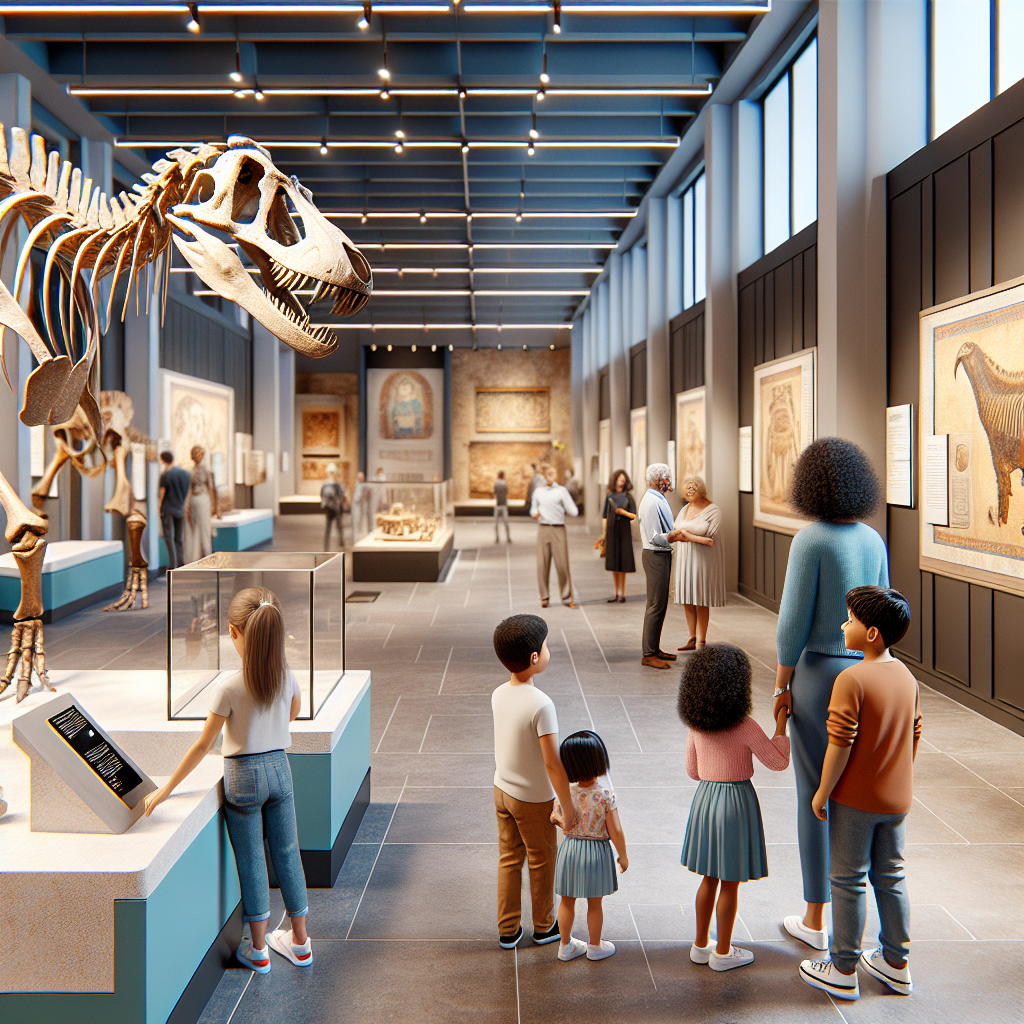
Key Takeaways
-
Discovering the best children’s museums across the globe that combine education with fun.
-
Understanding why interactive exhibits are crucial for engaging young minds and fostering a love for learning.
-
Insights into how family trips to museums can strengthen bonds and create cherished memories.
-
Practical tips for planning a stress-free museum visit that captivates the curiosity of all ages.
-
Highlighting must-visit museums that cater to a variety of interests, from science to history to art.
Embarking on a Global Museum Adventure
Imagine a world where history books come alive, where science is no longer just words on a page but a tangible experience, and where art isn’t just observed, but interacted with. That’s the magic of children’s museums. They’re not just places to see; they’re playgrounds for the mind, tailored to spark imagination and ignite a lifelong passion for discovery in young hearts.
Why Kids Museums are Ideal for Family Trips
When we think about the perfect family outing, it should be something that captivates the attention of the little ones while also being enjoyable for adults. Kids’ museums hit that sweet spot by providing an immersive learning environment that’s wrapped up in fun. These spaces are designed with the understanding that children learn best through play, making them the ideal destination for families looking to combine education with entertainment.
Moreover, these museums often offer hands-on exhibits that encourage children to touch, play, and experiment. This interactive approach not only makes the learning process more enjoyable but also helps to reinforce the educational content in a memorable way.
Enhancing Family Bonds through Historical Exploration
Exploring museums together as a family can be a powerful bonding experience. As you journey through different cultures and eras, you’re creating shared memories that will last a lifetime. Moreover, these experiences can spark conversations about history, art, and science that continue long after you’ve left the museum’s walls.
Worldwide Wonders: Museums that Make Learning Fun
Let’s take a virtual tour around the world to uncover some of the top museums that have mastered the art of making learning an adventure for kids.
The Interactive Universe of the Exploratorium, USA
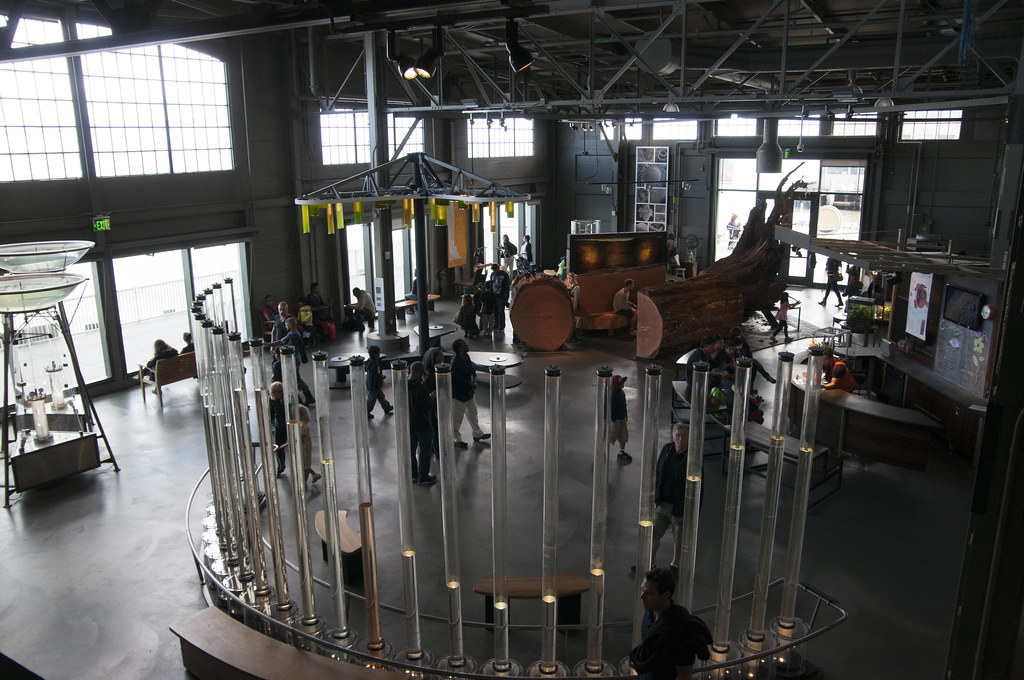
“Exploratorium, San Francisco | Yuichi …” from www.flickr.com and used with no modifications.
-
Located in San Francisco, the Exploratorium is a wonderland of scientific discovery.
-
Exhibits like the Tactile Dome challenge visitors to rely on their sense of touch in complete darkness.
-
Outdoor exhibits along the scenic waterfront engage kids with the environment and encourage physical play.
The Exploratorium isn’t just a museum; it’s an ongoing exploration of science, art, and human perception. With hundreds of exhibits to touch, tinker with, and explore, the Exploratorium caters to curious minds of all ages. It’s the kind of place where you can spend hours and still feel like you’ve only scratched the surface.
For families, this museum is a treasure trove of learning opportunities. It’s where children can chase shadows, create symphonies with their feet, and watch a tornado form before their eyes. The Exploratorium is more than a museum—it’s a gateway to a world of exploration.
And for those who can’t visit in person, the Exploratorium offers a wealth of online resources, including educational videos and DIY science projects that bring the spirit of discovery right into your home.
History Springs to Life at The British Museum, UK
“British Museum, London – DSC04207.JPG …” from commons.wikimedia.org and used with no modifications.
The British Museum in London is a cultural institution that offers a global history lesson under one roof. It’s home to a vast collection of world art and artifacts, including the Rosetta Stone and the Elgin Marbles.
While the museum might seem daunting in scale, it’s incredibly family-friendly. With activity trails, digital workshops, and family-friendly backpacks filled with hands-on activities, the British Museum makes sure its younger visitors are just as engaged as the adults.
One of the best parts? Entry to the museum is free, making it an accessible option for families looking to soak up some culture without breaking the bank. Plus, with special exhibitions and events tailored to children, there’s always something new to discover.
Science Made Magical at Deutsches Museum, Germany
Located in Munich, the Deutsches Museum is a haven for budding scientists and engineers. With a vast array of interactive exhibits covering topics like physics, astronomy, and natural sciences, it’s a place where questions are encouraged, and discovery is around every corner.
Science Made Magical at Deutsches Museum, Germany

“Deutsches Museum Munich 2014 02.jpg …” from commons.wikimedia.org and used with no modifications.
From walking through a life-size model of a human cell to piloting an airplane simulator, the experiences here are designed to make complex scientific concepts accessible and exciting. The museum’s Kids’ Kingdom is specifically aimed at children aged 3 to 8, with exhibits they can climb on, experiment with, and learn from through play.
Most importantly, the Deutsches Museum offers workshops and demonstrations that allow kids to dive deeper into subjects they’re curious about. Whether it’s a live chemistry experiment or a demonstration of how lightning is created, these experiences leave a lasting impression that textbooks alone simply cannot match.
Raising Little Explorers: Museums with Immersive Exhibits
Museums with immersive exhibits are especially effective at capturing children’s imaginations. They offer an opportunity to step into different worlds, from the depths of the ocean to the reaches of outer space.
Imagination Takes Flight at The Children’s Museum of Indianapolis, USA
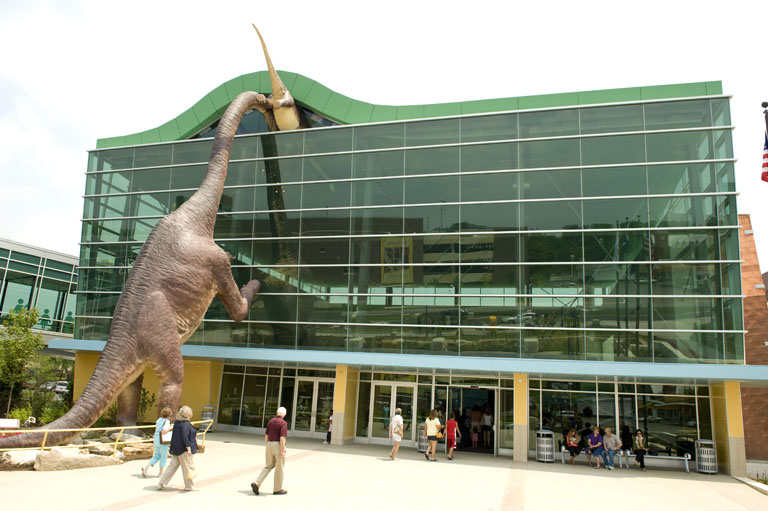
“File:The Childrens Museum of …” from commons.wikimedia.org and used with no modifications.
The Children’s Museum of Indianapolis is the world’s largest children’s museum and a place where kids can let their imaginations soar. With exhibits ranging from a full-size dinosaur park to a replica of the International Space Station, it’s a place where learning feels like an adventure.
The museum’s Dinosphere allows children to uncover fossils like a real paleontologist, while Take Me There: Greece transports families to a world of ancient mythology and modern culture. It’s a place where kids can not only see but also touch, hear, and even smell the exhibits, creating a multisensory experience that fully immerses them in their learning journey.
Uncover the World Underwater at The Blue Planet Aquarium, Denmark
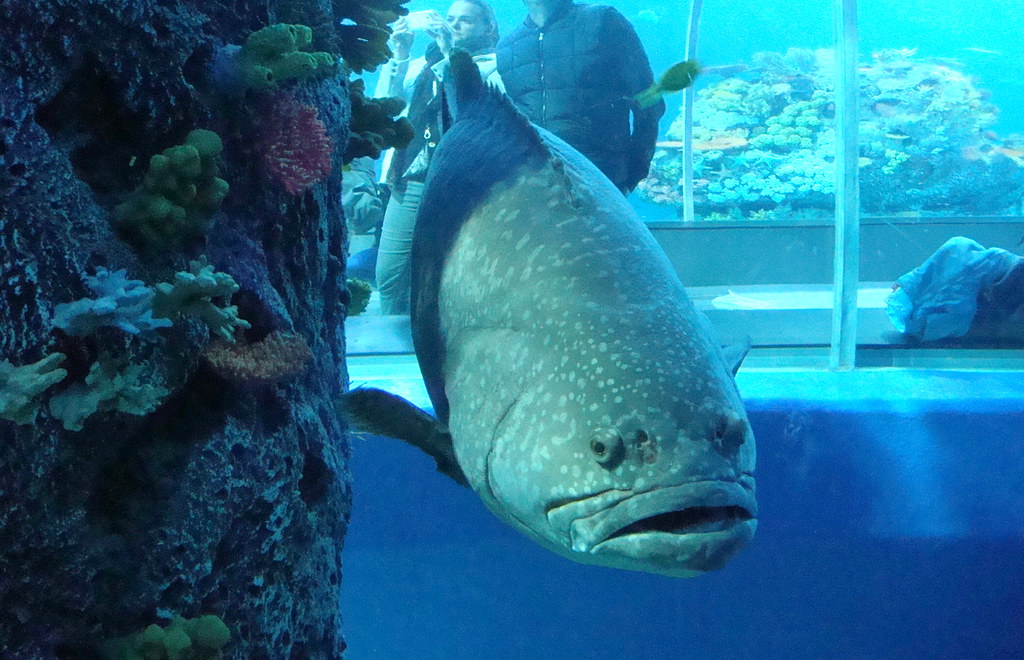
“Denmark’s National Aquarium www.denbla …” from www.flickr.com and used with no modifications.
The Blue Planet Aquarium in Denmark is Northern Europe’s largest aquarium and offers an underwater experience like no other. Here, families can wander through ocean tunnels surrounded by sharks and rays or explore the colorful coral reef exhibit.
But it’s not just about observing; the aquarium also focuses on conservation education. Interactive touch pools and feeding demonstrations teach children about the importance of marine conservation and the roles they can play in protecting our oceans.
A World of Play at The Strong National Museum of Play, USA

“File:Strong National Museum of Play.jpg …” from commons.wikimedia.org and used with no modifications.
In Rochester, New York, The Strong National Museum of Play is a celebration of play in all its forms. This isn’t just a museum; it’s an indoor playland where kids can explore the history of toys, video games, and even comic book heroes.
With interactive exhibits like the Berenstain Bears-themed play area and the American Comic Book Heroes: The Battle of Good vs. Evil, The Strong immerses kids in the stories and games they love while also educating them about their origins and impact on culture.
Creative Corners: Museums Cultivating Young Minds
Creative expression is just as important as scientific inquiry when it comes to fostering well-rounded development in children. Fortunately, there are museums around the world that understand this and offer exhibits that inspire young artists and thinkers.
Artistic Flair at

“Milon de Crotone (Milo of Croton …” from www.flickr.com and used with no modifications.
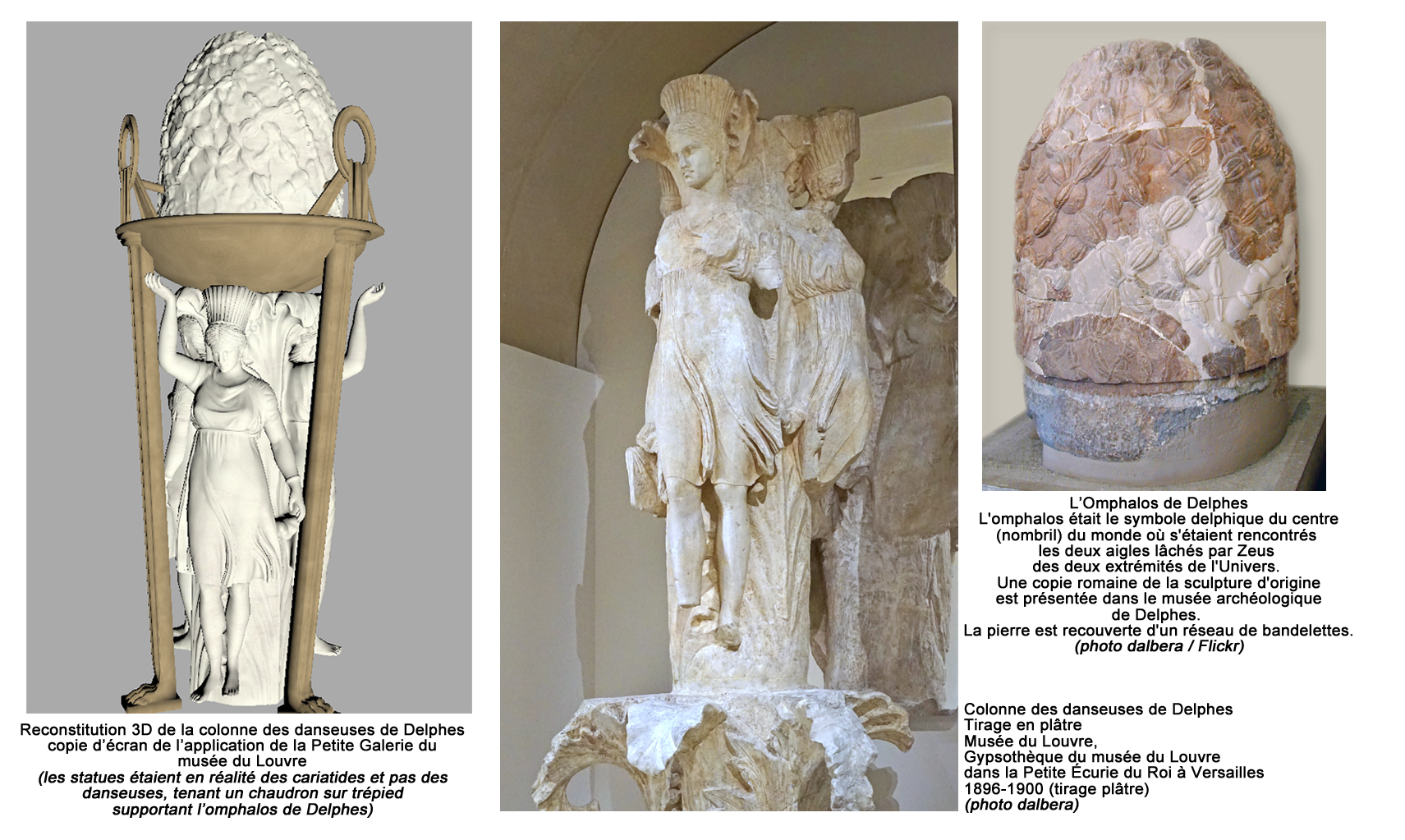
“Louvre) (32420554062).jpg …” from commons.wikimedia.org and used with no modifications.

“File:Pavillon de la Bibliothèque …” from commons.wikimedia.org and used with no modifications.
The Louvre, with its iconic glass pyramid, is a symbol of artistic excellence. But did you know it also has a space dedicated to cultivating the creativity of its younger visitors? The Petite Galerie at The Louvre in Paris introduces children to the world of art through themed exhibitions that are designed to be accessible and engaging for a younger audience.
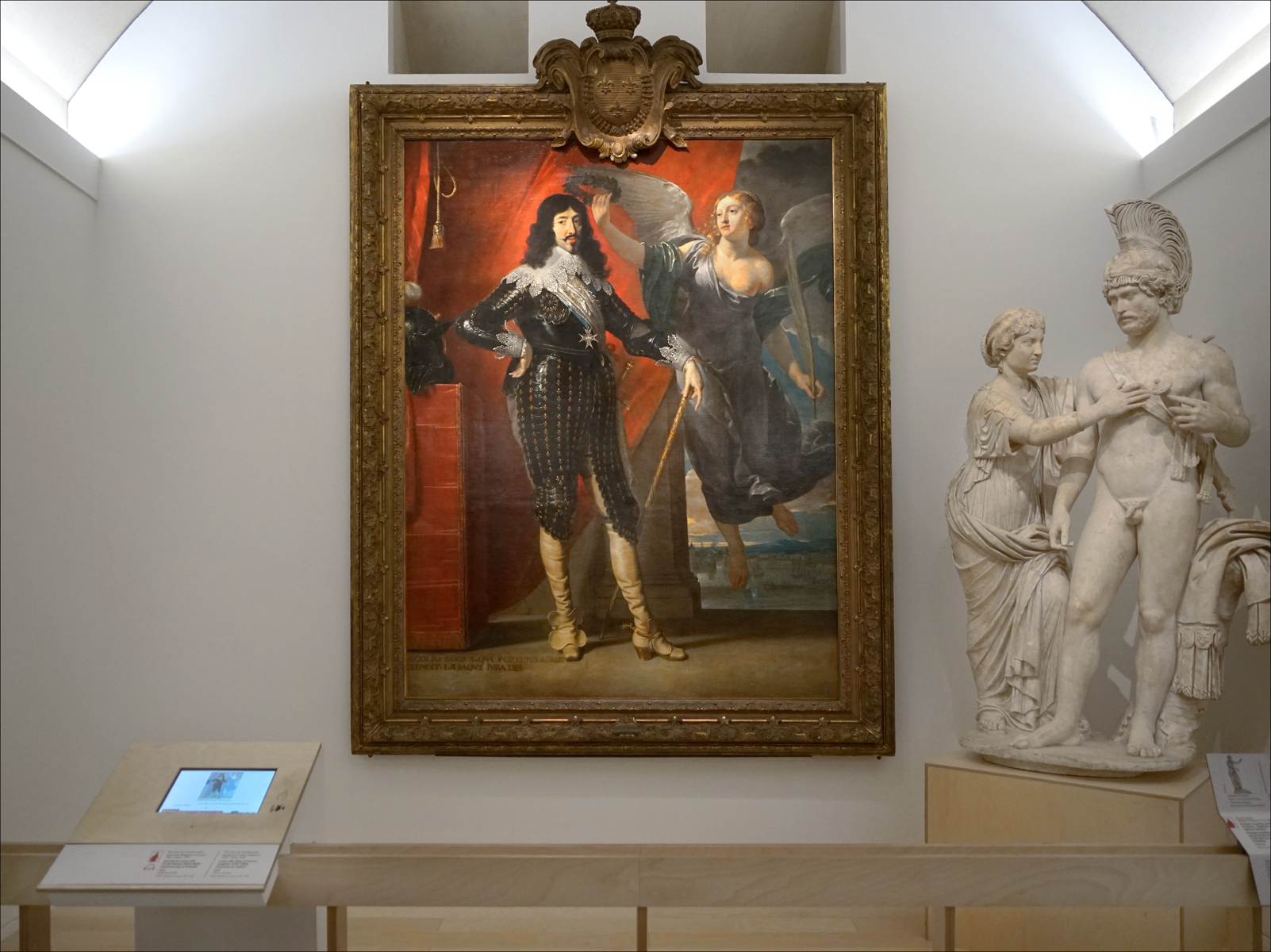
“Petite Galerie (Musée du Louvre, Paris …” from commons.wikimedia.org and used with no modifications.
-
Interactive displays and activities that encourage kids to look closely at artworks and think about what they see.
-
Family workshops where children can create their own masterpieces inspired by the museum’s collection.
-
Themed trails that guide families through the museum, making the visit more manageable and focused.
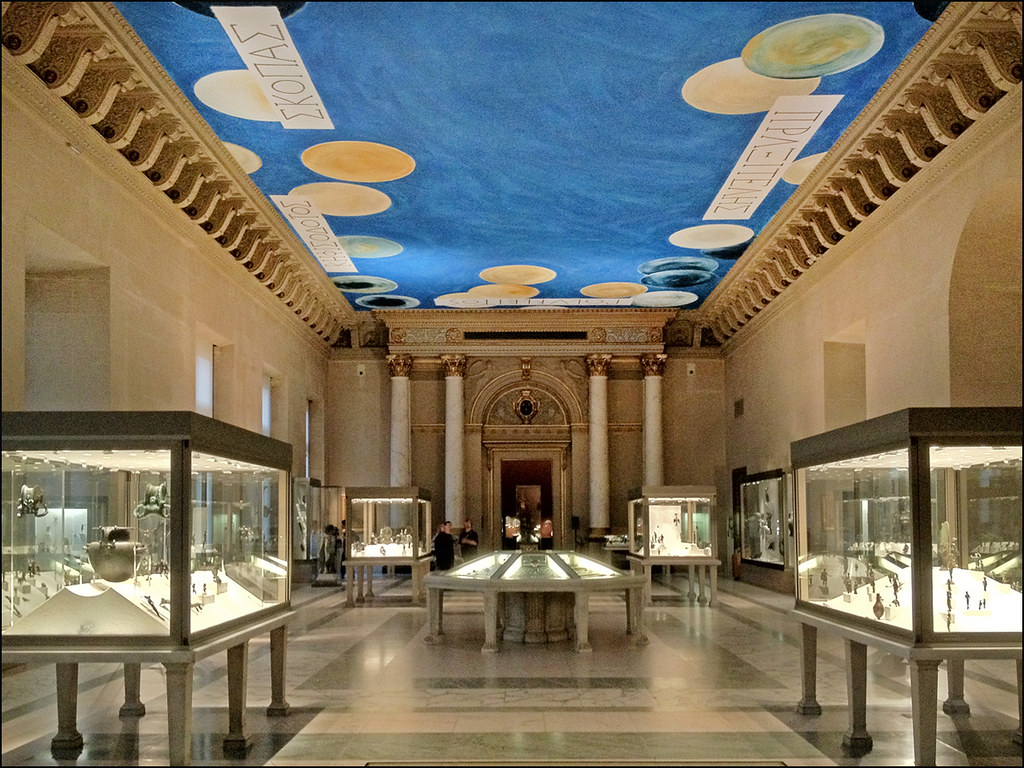
“Le plafond de Cy Twombly (musée du …” from www.flickr.com and used with no modifications.
With these features, The Louvre’s Petite Galerie is an excellent example of how art museums can be made appealing and educational for children, nurturing a love for the arts that can last a lifetime.
Nature Meets Nurture at The Natural History Museum, USA

“Washington DC – National Museum of …” from www.flickr.com and used with no modifications.
The Natural History Museum in Washington, D.C., is a place where the wonders of the natural world come to life. From the Hope Diamond to the towering T. rex skeleton, the exhibits here span billions of years of Earth’s history.
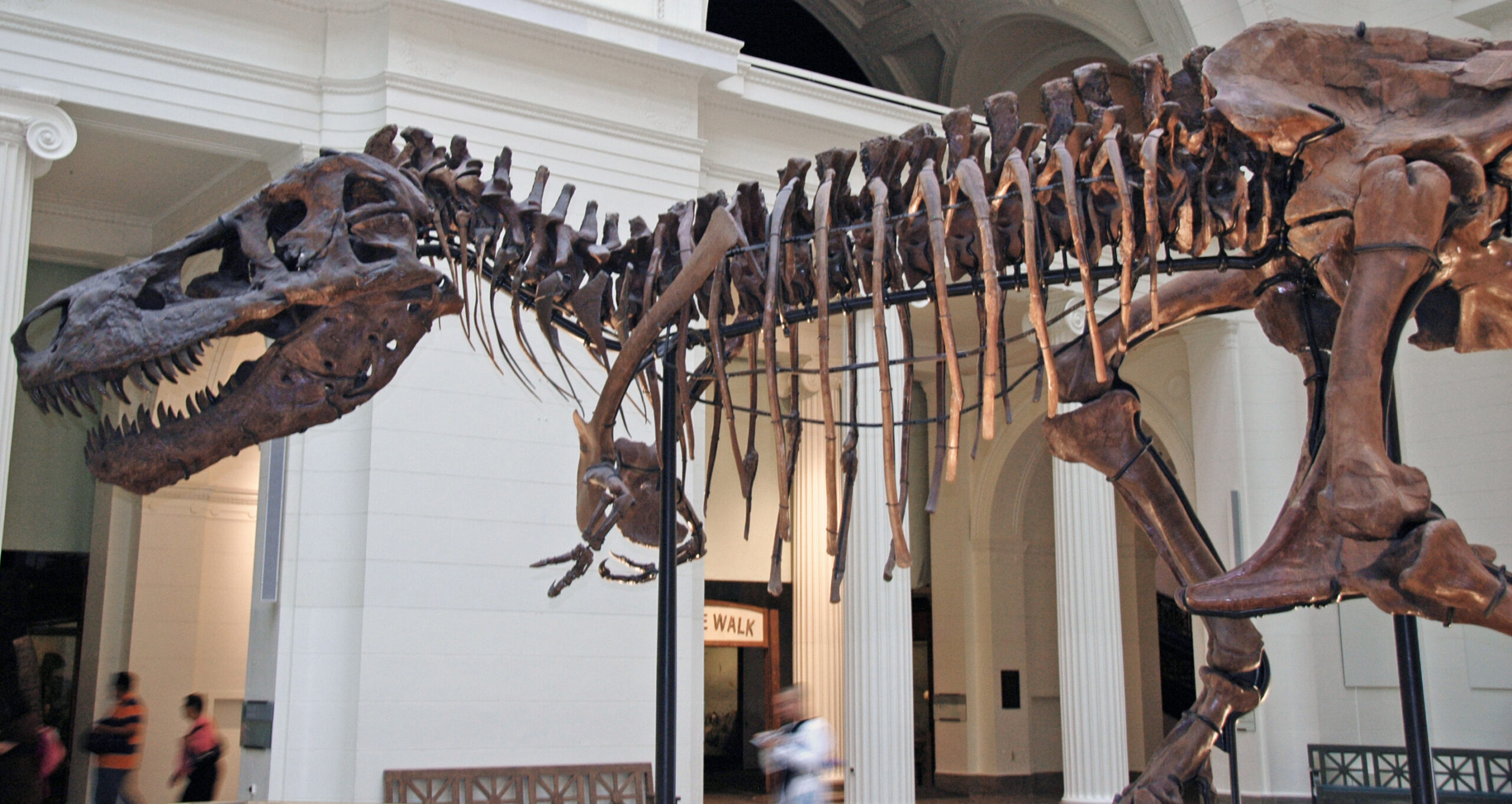
“File:Tyrannosaurus rex (theropod …” from commons.wikimedia.org and used with no modifications.
But it’s the museum’s Q?rius (curious) education center that truly stands out for young visitors. This interactive science lab allows kids to handle real fossils, use microscopes, and engage with scientists, offering an unparalleled hands-on learning experience that’s both fun and informative.
Travel Tips: Making the Most of Museum Visits with Kids
Planning a museum visit with kids can be as much an art as the exhibits themselves. Here are some tips to ensure your family trip is a success:
Pre-Visit Preparation: Engaging Kids Before the Trip
Start by getting the kids excited about what they’re going to see. Many museums offer online resources, such as virtual tours or educational games, that can introduce children to the museum’s themes and exhibits before they even step foot inside.
It’s also a good idea to set some expectations about museum behavior, like speaking in quiet voices and not touching the exhibits unless it’s allowed. This helps to prevent any potential stress on the day of the visit.
Finally, involve your children in the planning process. Let them pick a few exhibits they’re particularly interested in seeing. This not only makes them feel more involved but also gives them something to look forward to.
Navigating Crowds and Maximizing Enjoyment
When visiting popular museums, crowds are inevitable. To avoid the peak times, try to visit during the week or right after opening hours. Purchasing tickets in advance can also save you from long lines and ensure you don’t miss out if the museum reaches capacity. Additionally, many museums offer ‘quiet hours’ or special times reserved for families, which can provide a more relaxed atmosphere conducive to exploration.
Once inside, take breaks when needed. Museum fatigue is real, especially for kids, so find a quiet corner or a café to sit down and discuss what you’ve seen so far. This can help children process their experiences and recharge for the next round of discovery.
A must see for Families and Children and Multigenerational Family Trip if you go to NYC is the
The National 9/11 Memorial & Museum, New York City

“File:9-11 Memorial Museum 2 (New York …” from commons.wikimedia.org and used with no modifications.
Frequently Asked Questions (FAQ)
What age range are children’s museums best suited for?
Children’s museums are generally designed to engage a wide range of ages, from toddlers to pre-teens. However, each museum has its own unique exhibits that may cater to specific age groups. It’s best to check the museum’s website for age recommendations and programs tailored to different developmental stages.
How can I ensure my child learns while having fun at the museum?
Engagement is key. Encourage your child to ask questions and participate in hands-on exhibits. Many museums offer scavenger hunts or interactive guides that can make learning more game-like. Discuss the exhibits with your child and draw connections to their everyday life to help the information stick.
Are there educational programs for kids at these museums?
Absolutely. Most children’s museums offer educational programs, workshops, and activities designed to complement their exhibits. These can range from art classes to science experiments, and often require signing up in advance. Check the museum’s event calendar before your visit to see what’s available.
How can I incorporate museum visits into a broader educational curriculum?
Museums are fantastic resources for supplementing education. Many align their exhibits with national education standards. Before your visit, identify key learning objectives and seek out exhibits that match those goals. After the visit, reinforce what was learned with follow-up activities or discussions at home or in the classroom.
What should I pack for a day at the museum with my family?
Here’s a quick checklist for a hassle-free museum day:
-
Comfortable shoes for all that walking.
-
Snacks and water, if the museum allows them.
-
A camera or smartphone for capturing memories (check photography rules first).
-
Interactive guides or activity sheets provided by the museum.
-
A small backpack to carry your items and any souvenirs.
-
Layers or a light jacket, as museum temperatures can vary.
Remember, the goal is to make the museum visit enjoyable and educational for everyone involved. With a little preparation and a spirit of adventure, museums can become playgrounds for the mind and a regular part of your family’s explorations.
So, pack up, set out, and watch as your family’s curiosity transforms into a lifelong love for learning. The world is full of incredible museums just waiting to be discovered. Happy exploring!



